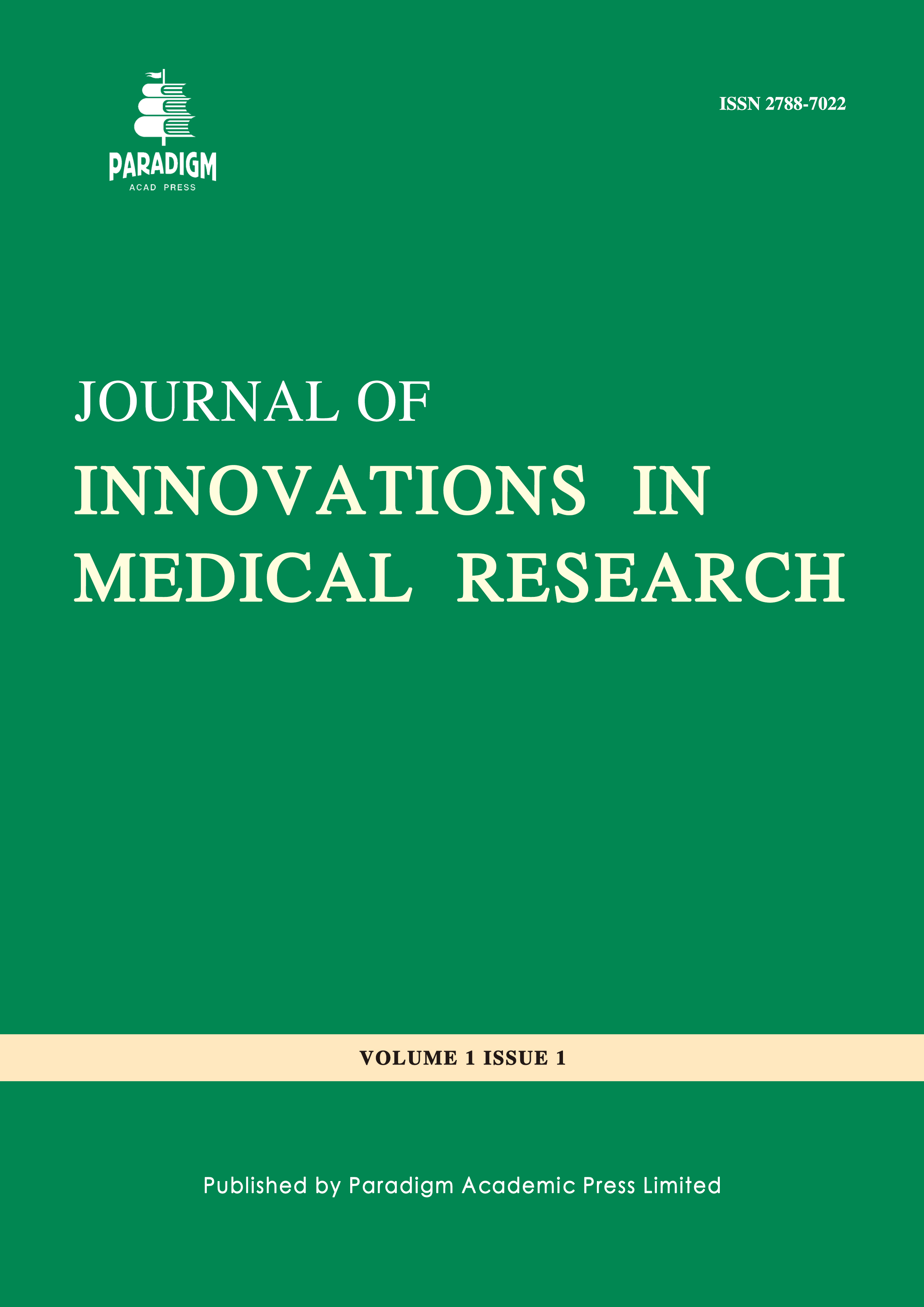The Risk Assessment for Malignant Conversion of Cervical Pre-Neoplastic and Other Lesions by High Risk HPV and Relevant Markers
DOI:
https://doi.org/10.63593/JIMR.2788-7022.2025.06.005Keywords:
HR-HPV, pre-neoplastic lesion, cervical cancer, Western Blot, immunohistochemistry, DNA ploidy, Tunnel assayAbstract
Objective is to identify high risk cases of cervical pre -neoplastic lesions through the study of p16 (HR-HPV), Ki-67, DNA ploidy & Apoptosis. Western Blot analysis was performed to identify the high-risk HPV association. Immunohistochemistry was done to study Ki-67; DNA content study was performed with the help of FACS & Apoptotic index was studied by Tunnel Assay. The association of p16 with the cervical pre-neoplastic pathology was not only strong but also very significant. In this study, 72% cases were positive, and 28% cases were negative for p16 study by Western Blot analysis. Only 2 cases of other associated conditions (Koilocytosis) showed positivity for p16. The study of Ki-67 was also highly significant & showed positivity in 73% cases and has similarity with other studies. The test of proportion showed that patients with positive TUNEL assay (63%) were significantly higher than patients with negative TUNEL assay (37%) (p<0.00024). To conclude, in India, Cervical cancer is the second most common cancer among women. It is preceded by cervical pre neoplastic lesions (CINS). Apart from HR HPV expressed in CIN’s, condyloma, cervicitis, reactive cellular and koilocytotic changes are also caused by HR HPV. Therefore, study of HR HPV association along with identification of DNA status, Ki67 expression and Apoptosis play a very important and crucial part for risk assessment and should be done at the earliest for cervical cancer prevention.



